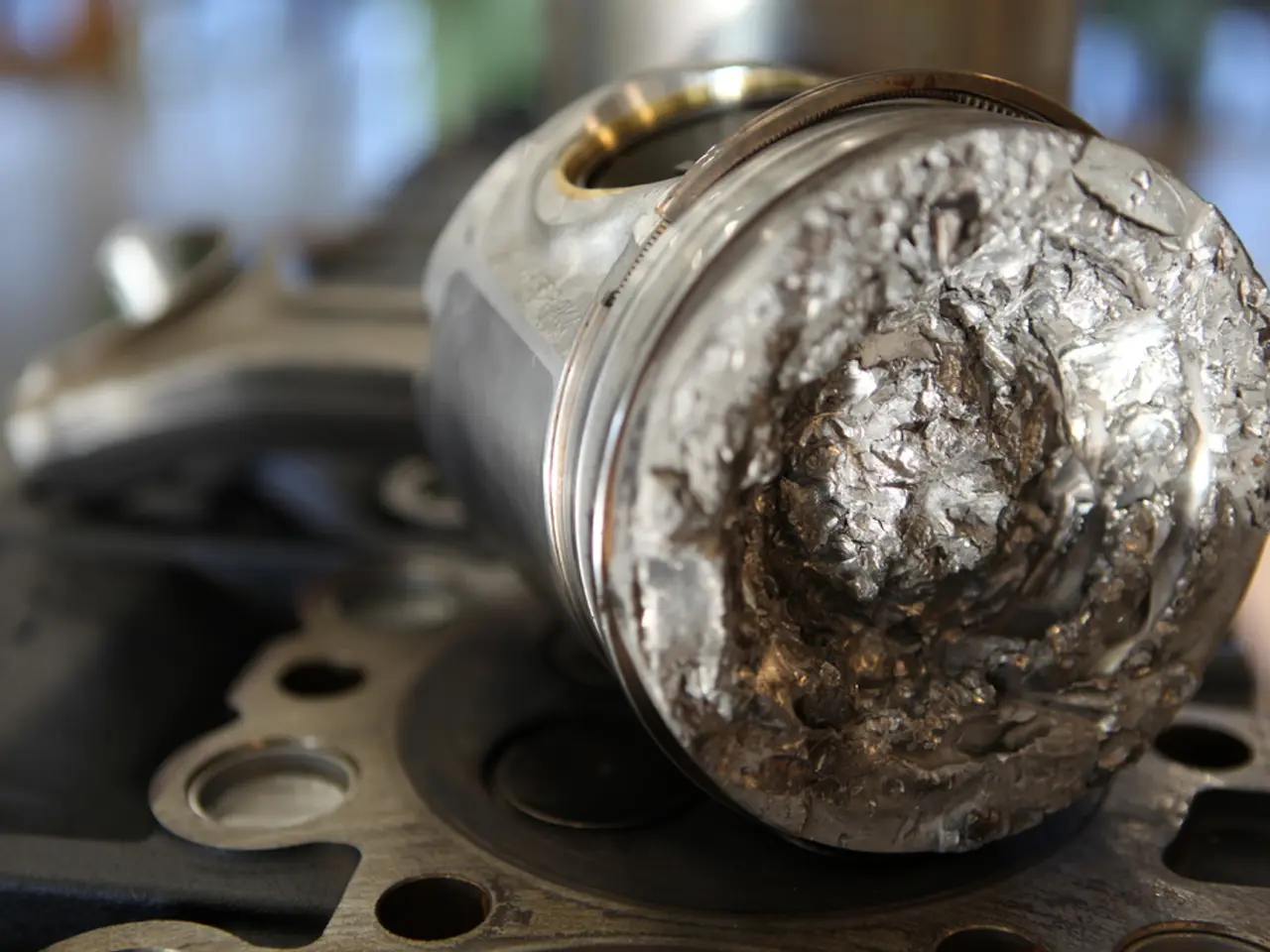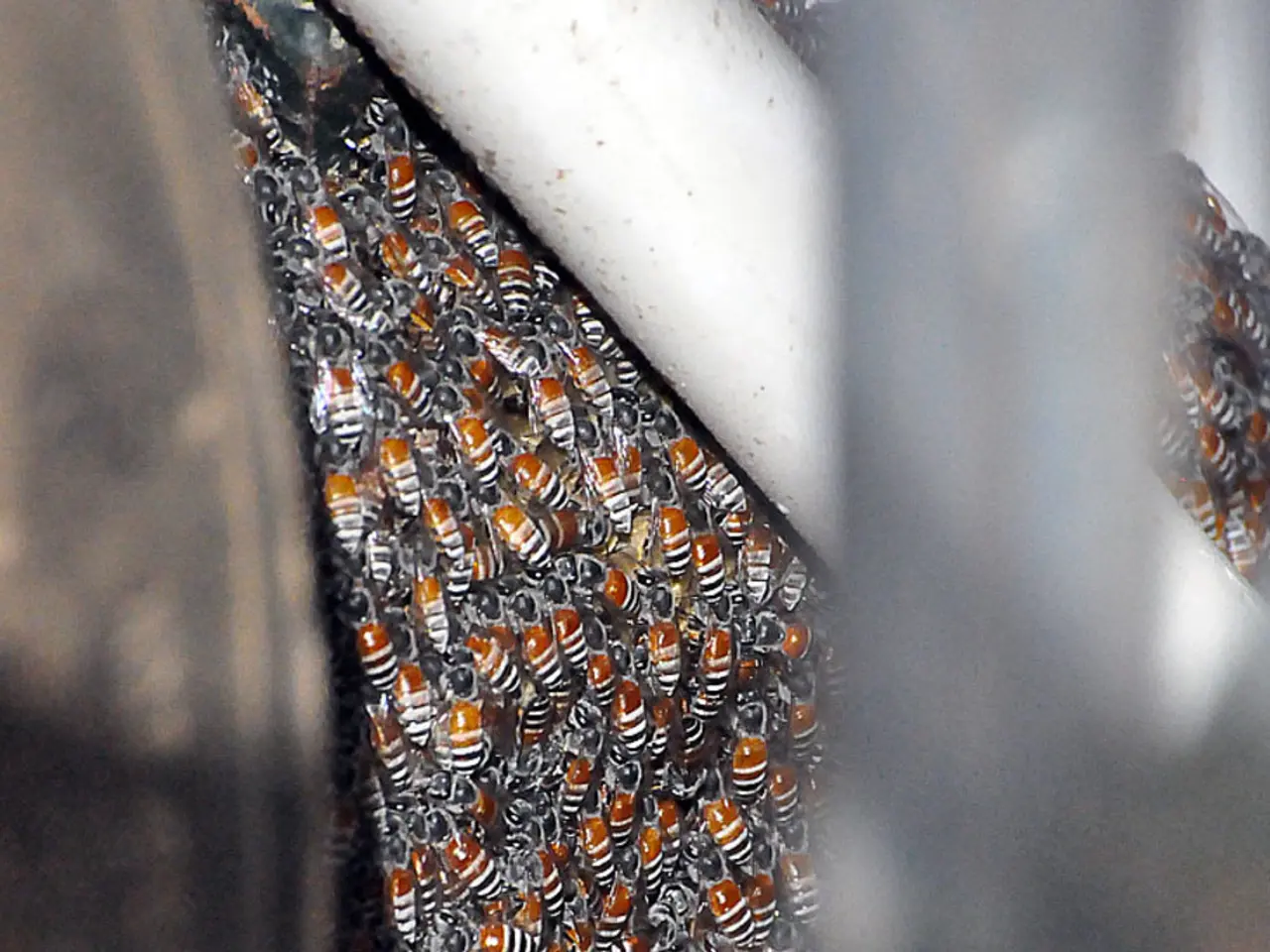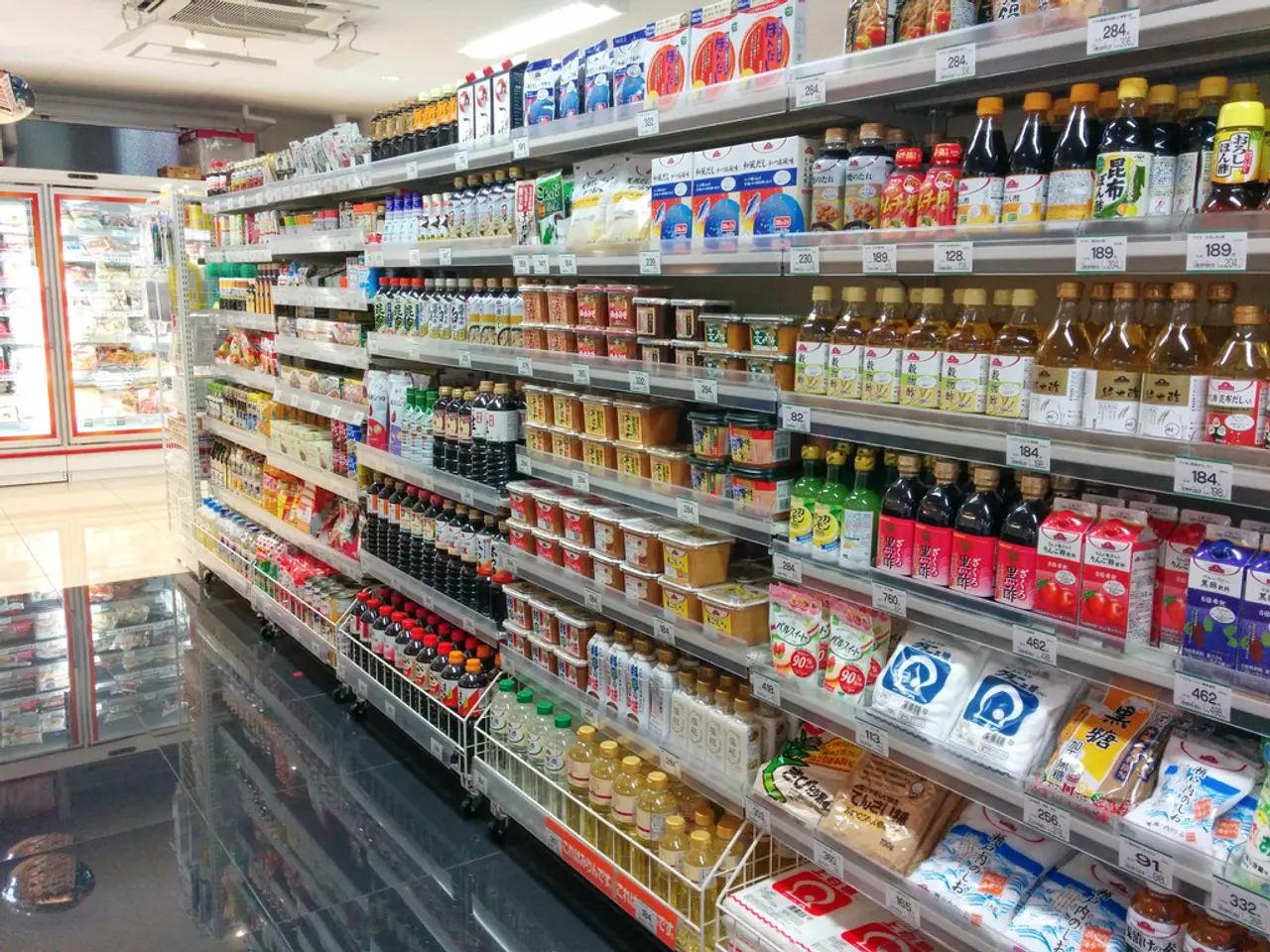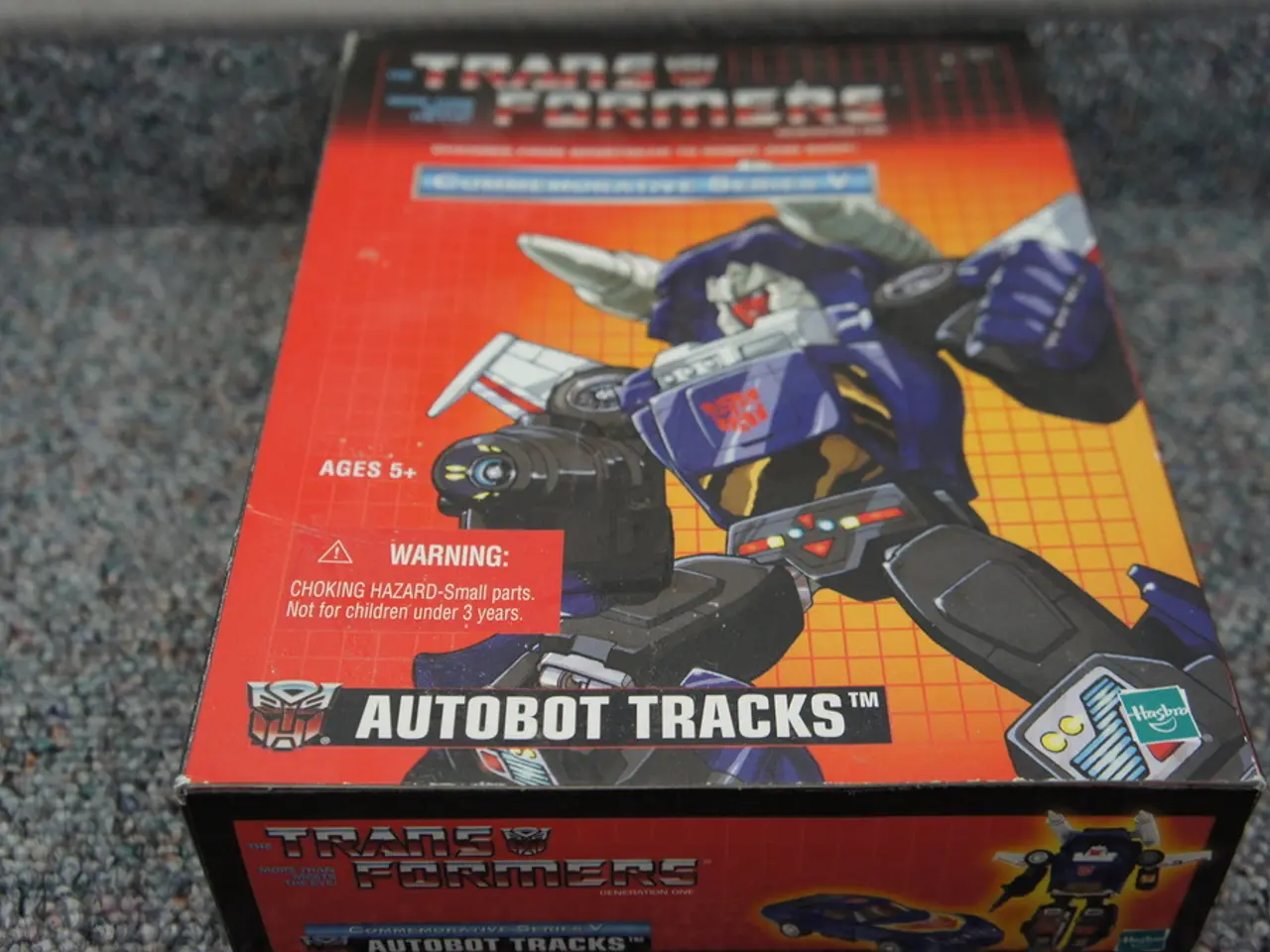The Intricate Union of Metal Machining and Impact Extrusion in the Manufacturing Process!
In the realm of manufacturing, the synergy between impact extrusion and machining is proving to be a game-changer. These two processes, when combined, offer an efficient and accurate method for producing strong, detailed, and cost-effective metal parts.
Impact extrusion, a cold forming process, shapes metal by forcing a slug into a die, creating the basic part with an aligned grain structure for strength. This process, often used with soft metals like aluminium, zinc, or copper, minimises waste as most of the slug turns into the part [1].
Following impact extrusion, machining comes into play. This subtractive process removes metal selectively to add fine details and achieve tight dimensional tolerances. Machining allows for flexible production by using a standard extruded blank and modifying it according to customer needs [1].
The benefits of this combination are numerous. For starters, it ensures efficient material use, as impact extrusion converts most of the slug into the part, and machining only removes small amounts for finishing, reducing overall material waste compared to machining from solid blocks [1].
Moreover, the extrusion process maintains the grain alignment of the metal, enhancing strength and fatigue resistance in parts subjected to vibration or impact [1]. This alignment also provides a stable base for machining to add detailed features.
The combination of these processes also offers cost control and speed. Extrusion presses produce parts quickly and cost-effectively for medium to high volumes, and machining is used only for finishing, keeping additional processing time and costs manageable [1].
However, it's important to note that extrusion variability can affect final tolerances, so the extrusion process must be stable and well-controlled before machining is applied [1]. Custom jigs and holding tools can help reduce variation in the machining process.
Common products made with this method include aluminium cans, deodorant tubes, automotive sensor housings, battery sleeves, and medical containers. With their smooth, solid construction and high precision, parts produced through this method are ideal for industries that value part strength, size, and surface finish, such as automotive, consumer packaging, electronics, and energy [1].
In conclusion, the union of impact extrusion and machining leverages the strengths of both—extrusion's efficiency and material properties with machining's precision—to manufacture strong, detailed, and cost-effective metal parts. Whether it's removing flash or correcting defects, or adding side holes, cross slots, internal threads, or surface grooves, this combination offers a versatile and powerful solution in the world of manufacturing.
[1] Source: Manufacturing Processes for Engineering Materials, 5th Edition, by R. S. Kirk, John Wiley & Sons, Inc. (2016)
The synergy between impact extrusion and machining is proving to be a significant breakthrough in the manufacturing industry, providing a cost-effective and efficient method for producing strong, detailed metal parts across multiple industries. This process, when combined, offers versatility, as it benefits from the grain alignment and material properties of impact extrusion, coupled with the precision capability of machining technology.




